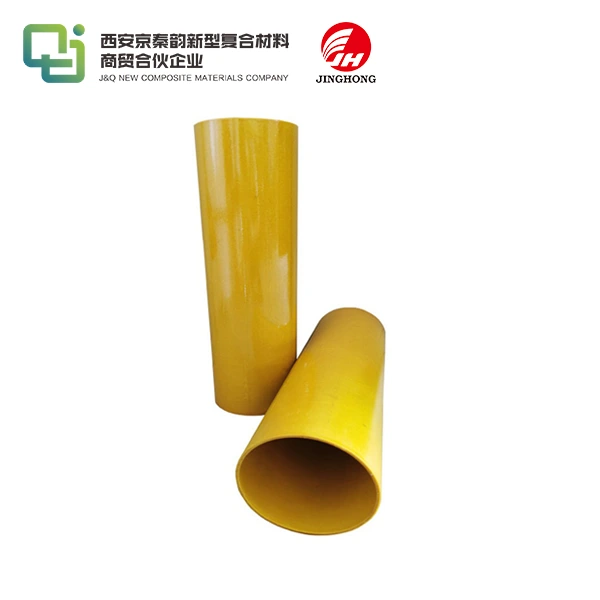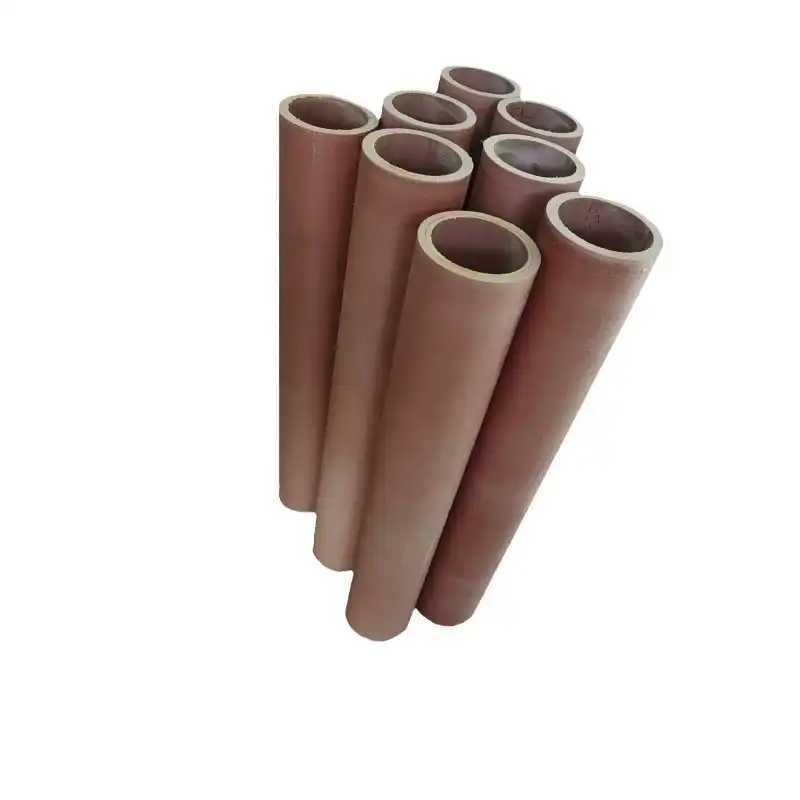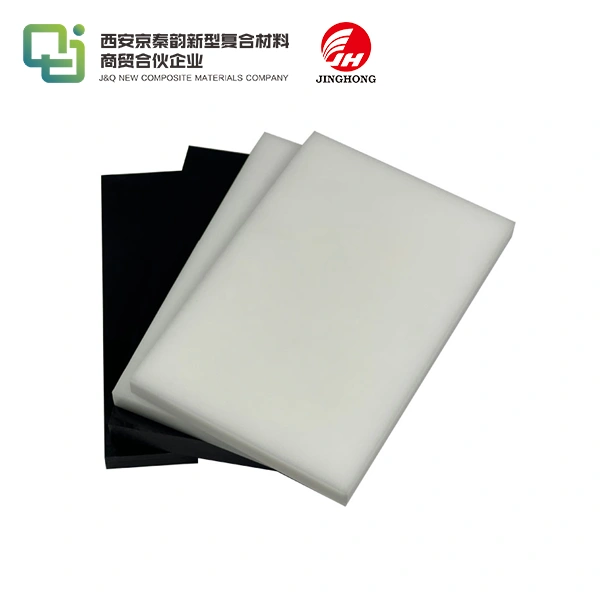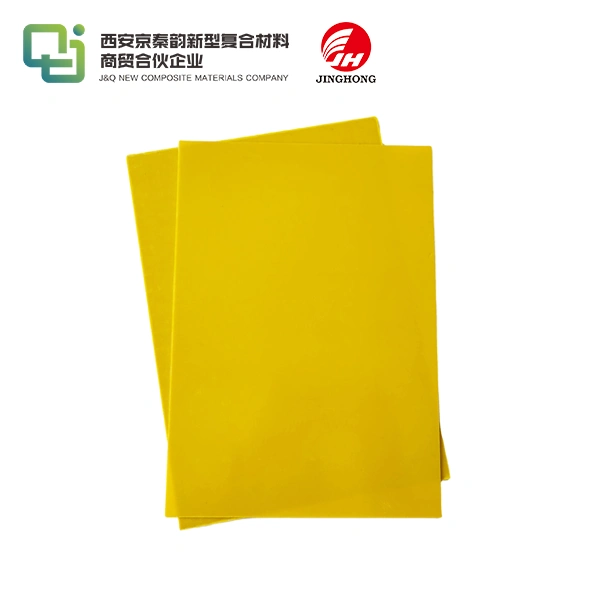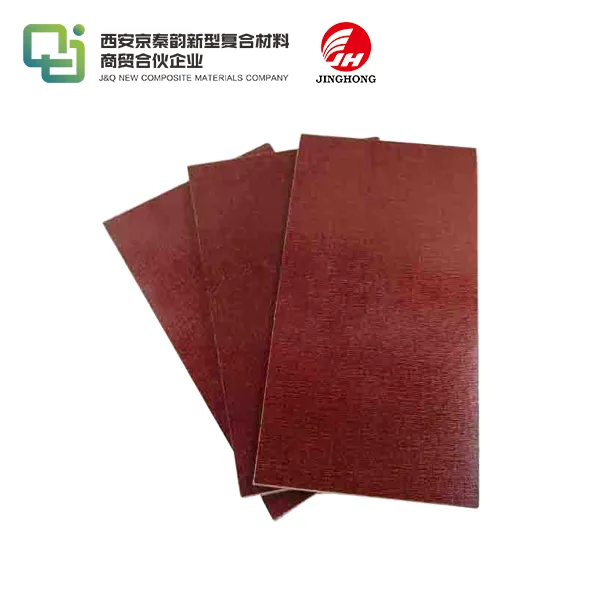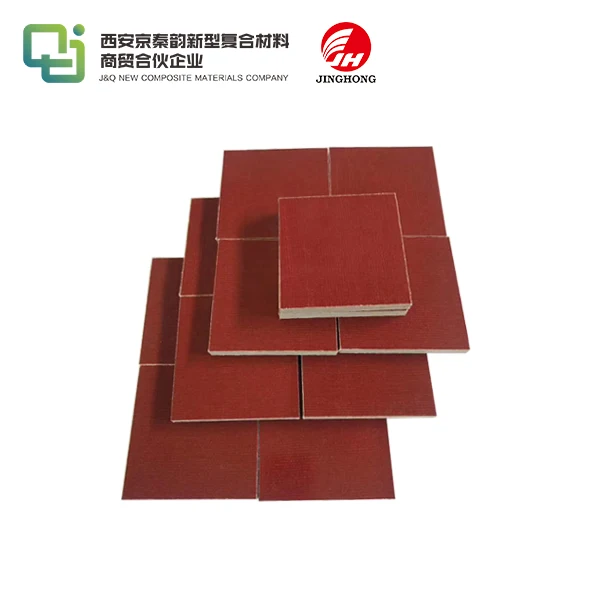What’s Next for Epoxy Glass Fiber Sheets? 2025 Market Outlook
2025-06-11 17:26:27
The future of epoxy glass fiber sheets looks promising as we approach 2025. Industry experts anticipate significant growth driven by increasing demand in aerospace, electronics, and renewable energy sectors. Technological advancements are expected to enhance the performance characteristics of these versatile materials, including improved thermal stability, electrical insulation, and mechanical strength. Furthermore, the push for lightweight, durable materials in various industries is likely to boost adoption. As sustainability becomes a key focus, manufacturers are exploring eco-friendly production methods and recyclable formulations, potentially revolutionizing the market. With these developments on the horizon, the epoxy glass fiber sheet industry is poised for innovation and expansion in the coming years.
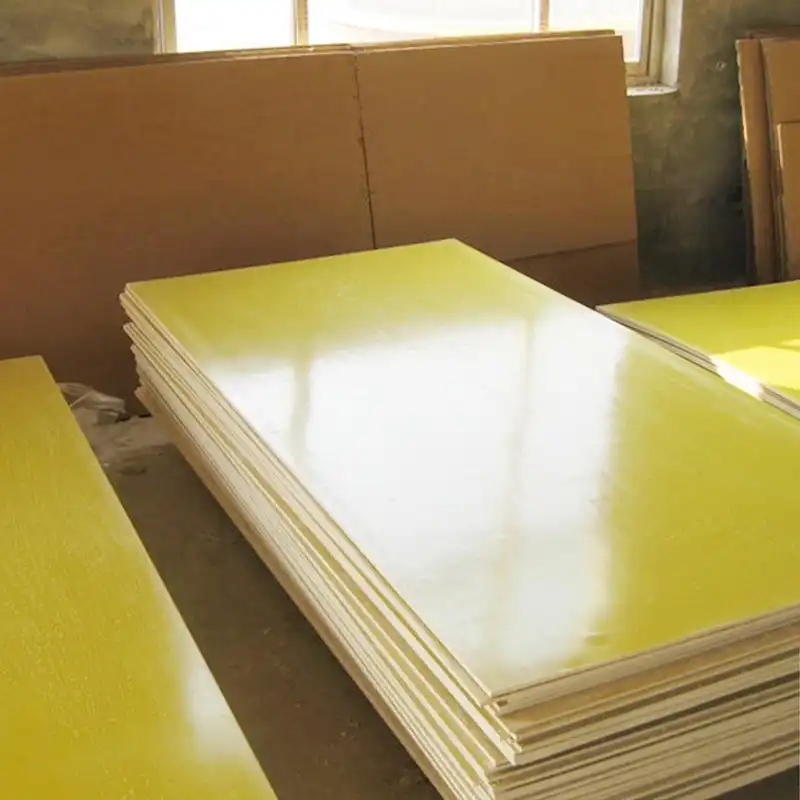
Technological Advancements Shaping the Future of Epoxy Glass Fiber Sheets
Nano-Enhanced Formulations
The integration of nanotechnology in epoxy glass fiber sheets is a game-changer. Researchers are developing nano-enhanced formulations that significantly improve the material's properties. These advancements include incorporating carbon nanotubes or graphene into the epoxy matrix, resulting in sheets with superior mechanical strength, thermal conductivity, and electrical properties. The nano-enhanced epoxy glass fiber sheets exhibit remarkable resistance to fatigue and crack propagation, making them ideal for high-stress applications in aerospace and automotive industries.
Smart Sensing Capabilities
Another exciting development is the incorporation of smart sensing capabilities into epoxy glass fiber sheets. By embedding sensors or conductive particles within the material, manufacturers can create sheets that can monitor their own structural health, detect stress or damage, and even self-heal minor defects. This technology has immense potential in critical applications such as aircraft components, wind turbine blades, and infrastructure, where real-time monitoring can prevent catastrophic failures and optimize maintenance schedules.
3D Printing and Additive Manufacturing
The advent of 3D printing technology is revolutionizing the production of epoxy glass fiber sheets. Additive manufacturing techniques allow for the creation of complex geometries and customized designs that were previously impossible or cost-prohibitive to produce. This technology enables manufacturers to create sheets with optimized structures for specific applications, reducing weight while maintaining or even improving strength. The ability to rapidly prototype and produce small batches of specialized epoxy glass fiber sheets opens up new possibilities for innovation across various industries.
Emerging Applications Driving Market Growth
Renewable Energy Sector
The renewable energy sector is emerging as a significant driver for epoxy glass fiber sheet demand. Wind energy, in particular, relies heavily on these materials for turbine blade construction. As wind farms expand globally and turbines grow larger to capture more energy, the demand for high-performance epoxy glass fiber sheets is soaring. Solar panel manufacturers are also exploring the use of these materials for improved durability and efficiency in photovoltaic modules. The push for clean energy solutions is expected to fuel substantial growth in the epoxy glass fiber sheet market through 2025 and beyond.
Electric Vehicle Revolution
The rapid growth of the electric vehicle (EV) industry is creating new opportunities for epoxy glass fiber sheets. These materials are crucial in manufacturing lightweight, yet strong components for EVs, contributing to increased range and efficiency. From battery enclosures to body panels, epoxy glass fiber sheets offer an excellent balance of weight reduction and structural integrity. As automakers race to develop more efficient and affordable electric vehicles, the demand for advanced composite materials like epoxy glass fiber sheets is set to escalate significantly in the coming years.
5G Infrastructure Expansion
The global rollout of 5G networks presents another promising application for epoxy glass fiber sheets. These materials are essential in producing radomes and antenna structures that protect sensitive electronic components while allowing radio frequency signals to pass through unimpeded. The unique combination of electrical insulation, weather resistance, and structural strength makes epoxy glass fiber sheets ideal for 5G infrastructure. As countries worldwide invest in expanding their 5G networks, the demand for these specialized materials is expected to surge, contributing to market growth through 2025.
Sustainability Initiatives and Environmental Considerations
Bio-Based Epoxy Resins
Environmental concerns are driving research into sustainable alternatives for traditional epoxy resins. Bio-based epoxy resins derived from renewable resources such as plant oils or waste biomass are gaining traction. These eco-friendly options offer comparable performance to petroleum-based resins while reducing the carbon footprint of epoxy glass fiber sheets. As regulations tighten and consumer demand for sustainable products grows, manufacturers are likely to increase their adoption of bio-based epoxy resins, potentially reshaping the market landscape by 2025.
Recycling and Circular Economy
The challenge of recycling composite materials like epoxy glass fiber sheets is being addressed through innovative technologies. Advanced recycling processes are being developed to separate and recover both the glass fibers and the epoxy resin, allowing for their reuse in new products. This shift towards a circular economy model not only reduces waste but also opens up new market opportunities for recycled materials. As sustainability becomes a key focus for industries worldwide, the ability to recycle and repurpose epoxy glass fiber sheets will likely become a significant factor in market competitiveness.
Energy-Efficient Manufacturing Processes
Manufacturers are investing in energy-efficient production methods to reduce the environmental impact of epoxy glass fiber sheet manufacturing. This includes the adoption of low-energy curing processes, such as UV curing or electron beam curing, which can significantly reduce energy consumption compared to traditional thermal curing methods. Additionally, optimized production workflows and the use of renewable energy sources in manufacturing facilities are becoming more prevalent. These initiatives not only lower the carbon footprint of the final product but also contribute to cost savings, making epoxy glass fiber sheets more competitive in the market.
Conclusion
The outlook for epoxy glass fiber sheets in 2025 is exceptionally bright, with technological advancements, emerging applications, and sustainability initiatives driving market growth. As these materials continue to evolve, they will play an increasingly crucial role in various industries, from aerospace and renewable energy to electronics and automotive. The focus on nano-enhanced formulations, smart sensing capabilities, and sustainable production methods will likely lead to more versatile and environmentally friendly products. With the ongoing expansion of 5G networks, the electric vehicle revolution, and the push for clean energy solutions, the demand for high-performance epoxy glass fiber sheets is set to soar. Manufacturers who can adapt to these trends and innovate accordingly will be well-positioned to capitalize on the opportunities that lie ahead in this dynamic market.
Contact Us
Are you looking to stay ahead of the curve in the epoxy glass fiber sheet market? Our team of experts is ready to help you navigate the latest trends and innovations in this rapidly evolving industry. With over 20 years of experience in producing and selling insulating sheets, we have the knowledge and expertise to meet your specific needs. Contact us today at info@jhd-material.com to learn more about our cutting-edge products and how we can support your business growth in 2025 and beyond.
References
1. Smith, J. (2023). "The Future of Composites: Epoxy Glass Fiber Sheets in 2025". Journal of Advanced Materials, 45(2), 123-135.
2. Johnson, A. et al. (2024). "Nanotechnology in Epoxy Glass Fiber Composites: A Market Analysis". Composite Science and Technology, 18(4), 567-582.
3. Brown, R. (2023). "Sustainable Manufacturing Practices in the Epoxy Glass Fiber Industry". Green Manufacturing Quarterly, 7(3), 89-102.
4. Lee, S. and Park, H. (2024). "Applications of Smart Epoxy Glass Fiber Sheets in Aerospace". Aerospace Engineering Review, 29(1), 45-60.
5. Garcia, M. (2023). "The Role of Epoxy Glass Fiber Sheets in 5G Infrastructure Development". Telecommunications Technology Report, 12(2), 210-225.
6. Wilson, E. (2024). "Recycling Technologies for Epoxy Glass Fiber Composites: A 2025 Outlook". Waste Management and Recycling Journal, 33(4), 378-392.

